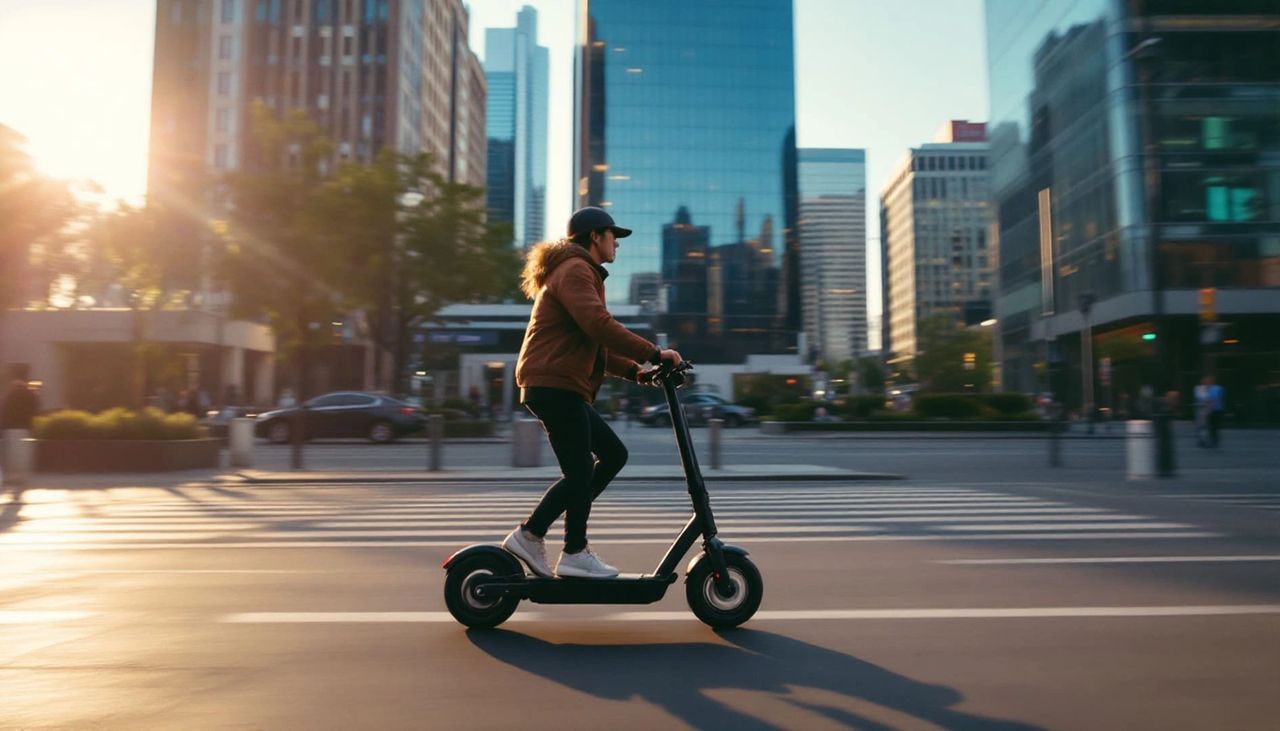
Electric scooters (e-scooters) have become a popular solution for urban commuting and leisure travel, offering convenience and eco-friendliness. However, choosing the right e-scooter can be overwhelming, given the wide range of options available. Understanding the key factors—motor power, battery size, and range—is essential to finding the perfect fit for your needs.
Motor Power: What Drives Your Scooter
The motor is the core of any e-scooter, determining its speed and ability to handle various terrains. Motors are measured in watts, with higher wattage equating to greater power. For instance, a 250-watt motor is ideal for flat, urban streets, while a 500-watt or higher motor is better suited for tackling hills or carrying heavier riders.
However, higher wattage also means increased energy consumption, which can reduce the scooter’s overall range. For daily commutes on relatively smooth roads, a mid-range motor balances performance and efficiency.
Battery Size: The Key to Long-Distance Rides
An e-scooter’s battery capacity, measured in watt-hours (Wh), determines how far it can travel on a single charge. A larger battery offers a longer range but comes with added weight and extended charging times. For example, a scooter with a 300-Wh battery may cover up to 15 miles, while one with a 500-Wh battery can go over 25 miles.
When selecting a scooter, consider your typical travel distance and charging options. If your rides are short, a smaller battery might suffice, while frequent long-distance riders may benefit from a larger capacity.
Understanding Range: More Than Just Battery Size
Range is influenced not only by battery size but also by factors such as speed, rider weight, terrain, and weather. Riding in eco mode—where the motor output is reduced—can extend your range significantly. Manufacturers often list range estimates based on ideal conditions, so it’s wise to account for real-world variables when evaluating options.
Practical Features: Weight, Portability, and Price
E-scooters vary widely in weight, impacting portability. Lighter models are easier to carry and store but may have limited range and power. Heavier scooters often come with stronger motors and longer ranges, making them better for extended commutes.
Price also reflects these differences. Budget models under $400 typically cater to flat, short-distance rides, while mid-range scooters ($500–$600) strike a balance between performance and features. Premium scooters ($1,200 and above) excel in power, range, and advanced technologies like suspension and app integration.
Choosing the Right Scooter for You
Finding the perfect e-scooter depends on aligning its features with your lifestyle. Consider where and how often you’ll ride, and don’t overlook factors like portability, durability, and overall value. By understanding the interplay between motor power, battery size, and range, you can make an informed choice and enjoy the convenience and thrill of e-scooter travel.

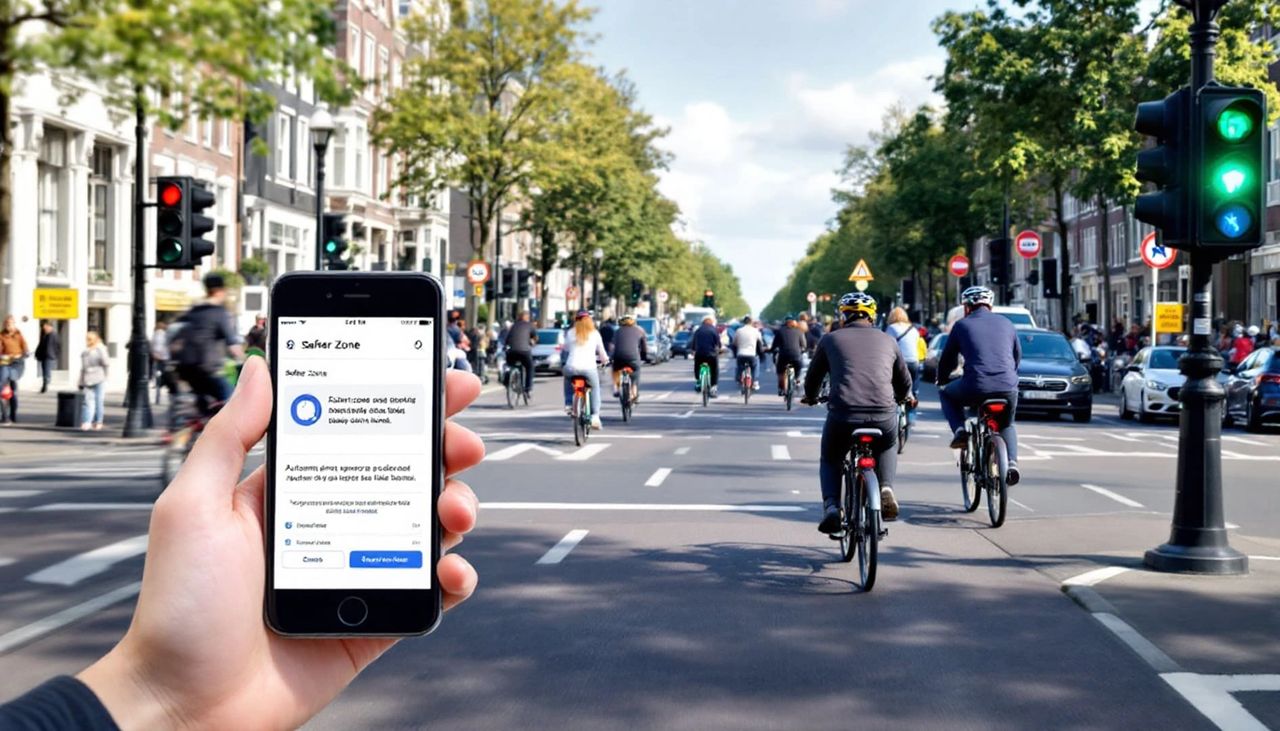
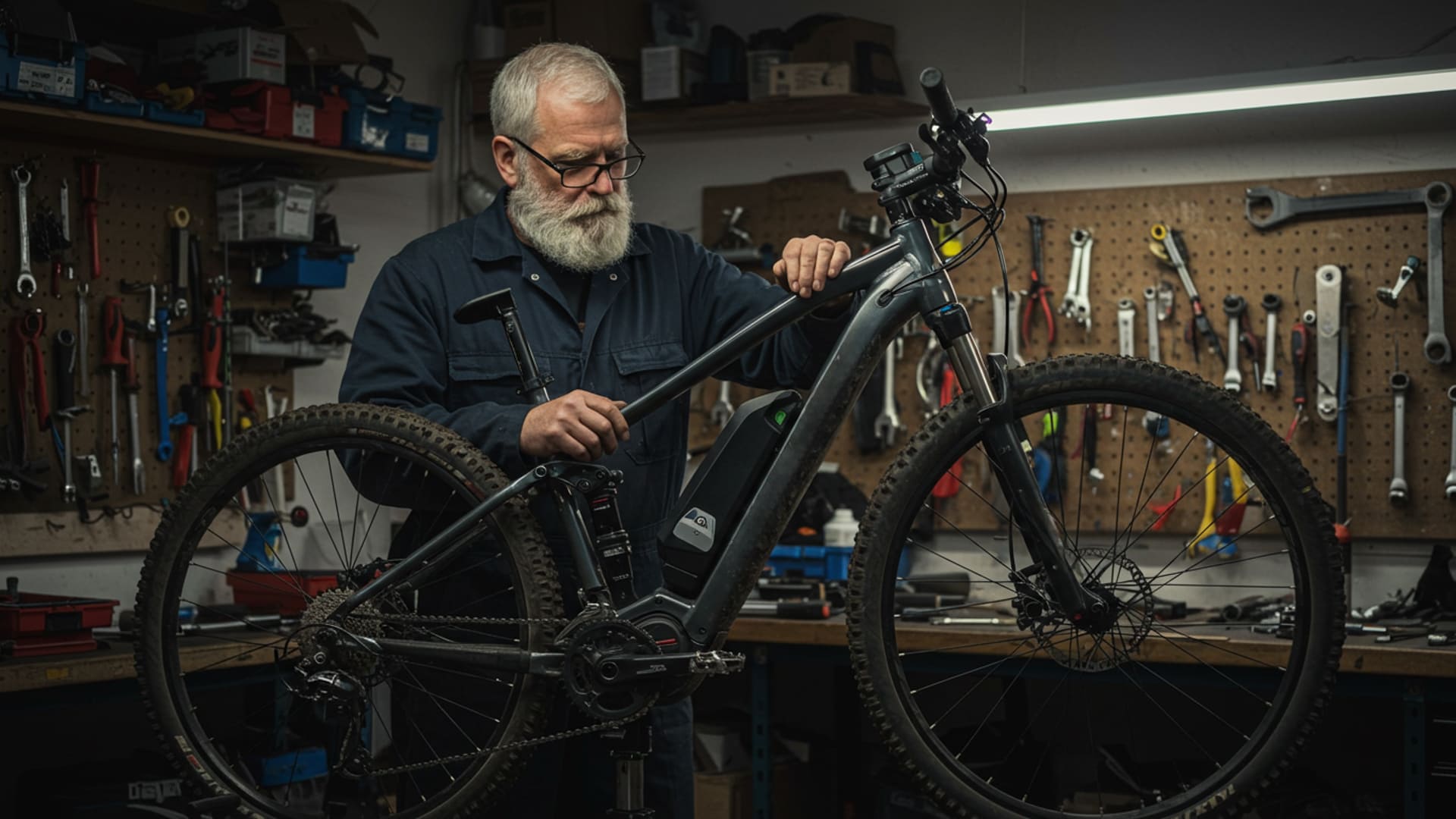

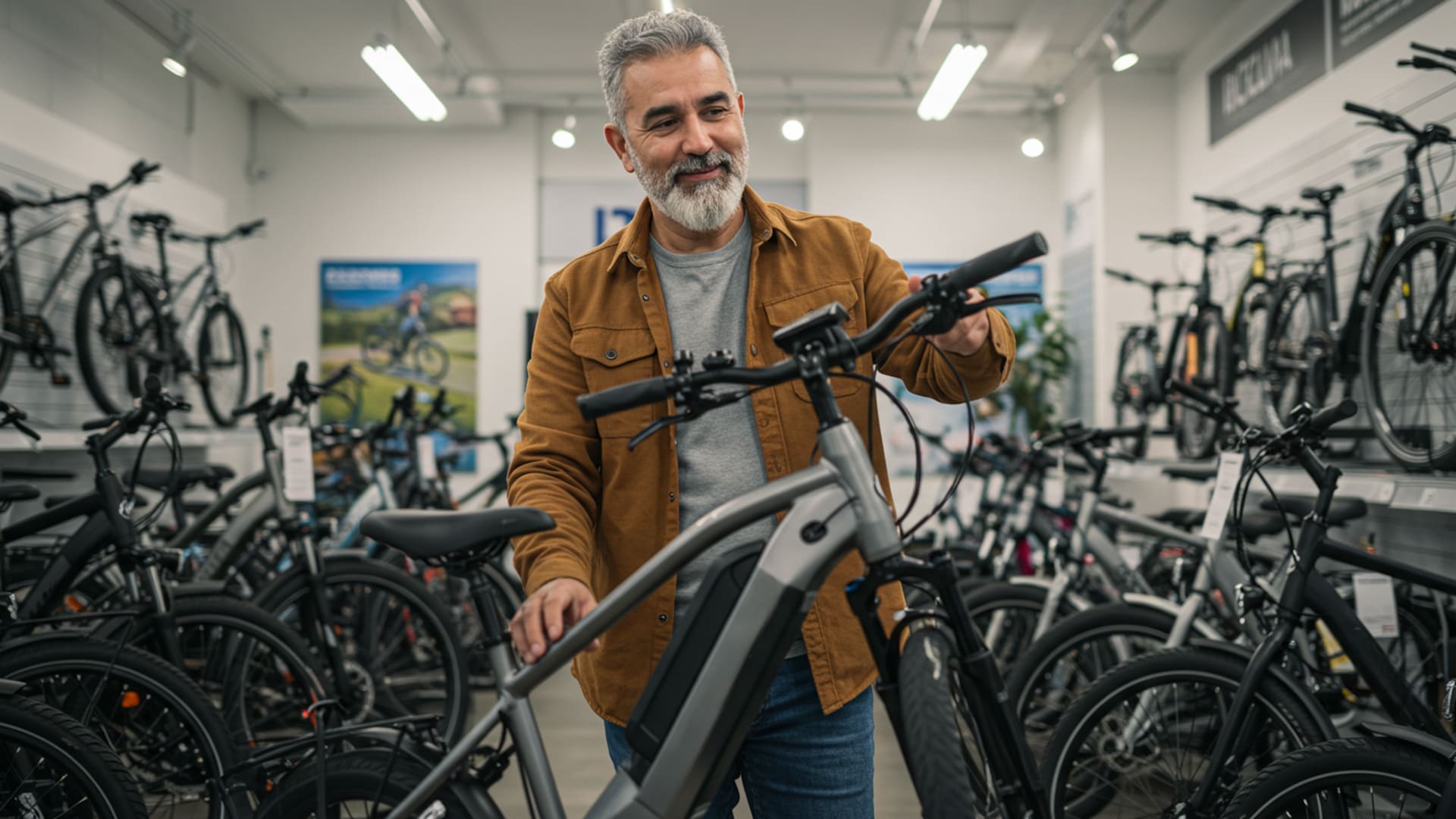
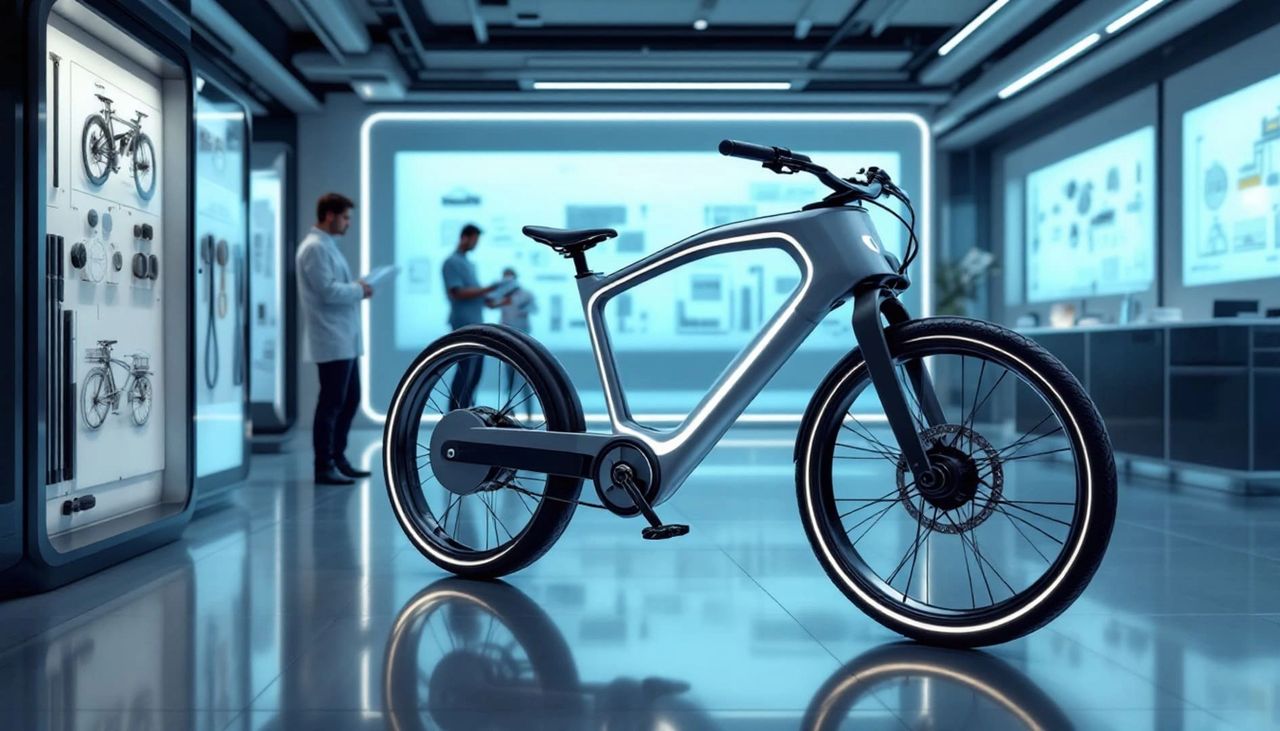

Leave a Reply